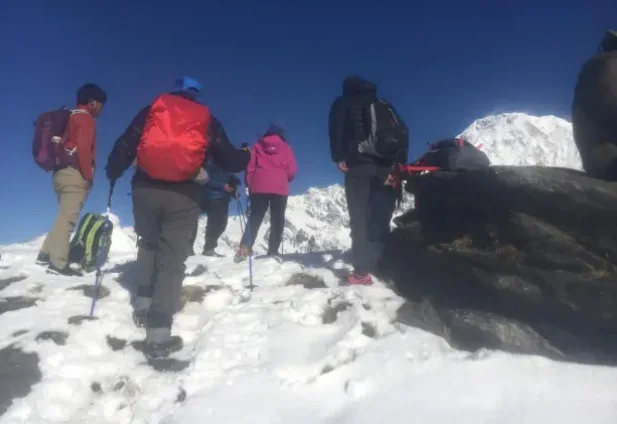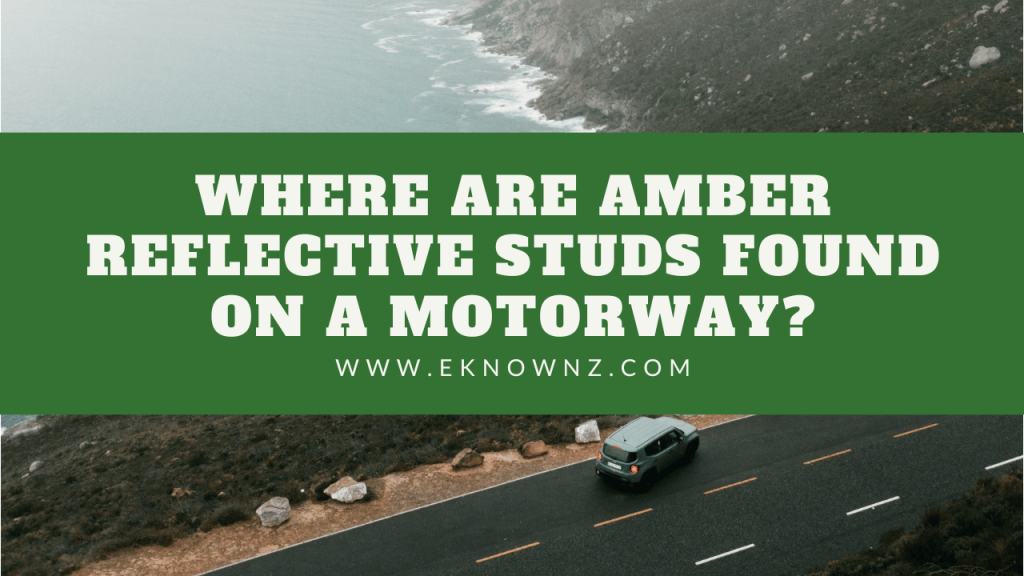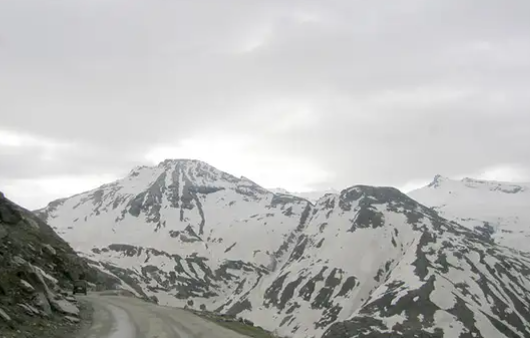Every year, thousands of hikers travel to Nepal in the hopes of seeing Mount Everest. Enrolling in the Everest Base Camp Trek is the greatest and most popular way to see Everest in all its magnificence. “What is the cost of the Everest Base Camp trek?” is one of the most commonly asked questions.
You may be sure that you will see the breathtaking views of the mountains, the historic Sherpa culture, and the genuine beauty of the environment by making the once-in-a-lifetime climb to the Everest Base Camp (EBC).
The expense of the Everest Base Camp climb is something that most people are concerned about, albeit you can never be really certain of.
The cost of the Everest Base Camp journey varies based on your planned itinerary, the kind of adventure you wish to undertake, and how much you want to spend on shopping, wifi, beverages, and other activities.
Breakdown of Everest Base Camp Trek Cost
Cost of Transportation
Round trip Flights to Lukla in 2025 costs USD 432 per person.
Flying from Kathmandu to Lukla is the most convenient method to begin the journey. Tickets cost USD 216 per way when purchased online, for a total cost of USD 432 including the return trip.
The maximum weight for these flights is 10 kg, which includes 5 kg for a daypack (carry-on bag) and 10 kg for checked baggage. If you have additional luggage, you can store it at your Kathmandu hotel or have your tour operator store it for you.
SUVs or buses – USD 36 for the local share Jeep and USD 24 for the bus
Avoiding the Lukla flight and traveling by land from Kathmandu to Salleri is one of the finest ways to shave off a significant amount of the cost of the Everest Base Camp climb. It is 265 kilometers from Kathmandu to Salleri. For a local bus, the eight-hour travel costs USD 16 per passenger. Every day, buses leave from Kathmandu’s Chabahil Chowk.
You may also take a shared SUV around the area, which will set you back about $25 per person. A private SUV will set you back roughly $175 USD.
Accommodations: USD 120 to $150
The average cost of a bed on the trekking trails is about USD 10 per person per night, and the average cost of a hotel with two beds is about USD 15.
The set price for lodging in Lobuche is USD 15. The cost of Yeti Mountain Home, which has since changed its name to Mountain Lodges of Nepal, is a little on the higher end if you would like to extend your stay up to Namche.
The tea shops have relatively simple rooms. Typically, they have two mattresses, each with a blanket, pillow, and shared bathroom. You could even get a nightstand if you’re lucky.
There is a spacious eating area in every teahouse where you may eat and unwind with other Everest Base Camp hikers. There is a fireplace in the middle of the space where you can stay warm in this bitter cold.
Cost of Food, Drinks, and Snacks- USD 425
You’ll be surprised to learn that the teahouses on the route from Lukla to Shot Everest Base Camp Trek feature large menus. Still, you’ll find that alternatives decrease and prices increase as you ascend the hierarchy.
Dal Bhat, a basic lunch rich in carbohydrates that replenishes your energy for a whole day of hiking, is what you will find. You should also anticipate seeing foods like pasta, sandwiches, potatoes, momos, and so on.
Desserts like cheesecakes and apple pie are also available. You should therefore budget roughly USD 35 for meals overall and add an additional $5 for snacks.
And the same is true for water. When you go to Gorakshep, the price of water increases to USD 4 from around USD 1.
Nevertheless, by sterilizing the drinking water, you can save about USD 70. Additionally, you can use LifeStraw or Steripen UV sterilizing devices, chlorine or purification pills, or both. If you use LifeStraw, be careful not to allow the water in your bottle freeze solid since this can damage the filter.
Therefore, if you’re searching for the daily cost of food, drinks, and snacks for the 12-day EBC trek, it will come out to about USD 425.
Cost of Guide or Porter -USD 420 for Guide, USD 275 for Porter
A guide is a great asset. They typically know the proprietors of the tea establishments and can communicate in the local tongue. Therefore, you don’t need to bother about lodging.
And they are always available to assist you if you have any problems.
Trekking is made more enjoyable by having a guide, who can provide you with information on numerous topics you should be aware of. They will constantly warn you when there is danger ahead and assist with route navigation. The guide costs between $35 and $40 USD every day.
Your guide will be your greatest ally on this high-altitude adventure, therefore even though hiring an experienced guide will increase the overall cost of your Everest Base Camp Trek, we highly recommend it to all of you.
Additionally, it’s usually a good idea to hire a porter if you are unable to carry your own bag. The trekking gets harder as you climb higher and at an increasing altitude.
It is a great relief to be able to walk around at that point thanks to the assistance of a porter.
A porter will cost you USD 25. A porter is capable of lifting up to 20 kg of goods. In most cases, the guide and porter’s fee is prearranged.
Hiring a porter and guide benefits the local economy in addition to gaining their support.
A Nepal visa costs USD $50.
All foreign nationals, with the exception of Indian citizens, require a visa in order to enter Nepal. Additionally, you can pay the following prices while purchasing a Nepal visa at the airport in Kathmandu:
fifteen days for multiple entries 30 USD for a visa to Nepal
One-month multiple entry $50 for a Nepal visa
three-month multiple entry Visa to Nepal: USD 125
Buying a one-month visa is the safest option because the average Everest Base Camp trip lasts sixteen days. Thus, a one-month visa is sufficient to cover everything, including unforeseen delays and travel cancellations.
By doing this, you’ll also have more time to spend a few days in Kathmandu and visit other parts of Nepal, like Pokhara.
Trekking permits cost USD 70.
To finish the Everest Base Camp expedition, three permits must be obtained. The Khumbu Pasang Lhamu Rural Municipality is the first one.
Sagarmatha National Park entry permit is the third document, followed by the TIMS card and the entrance permit.
For every foreigner, the Khumbu local administration directly collects NPR 2000, or around $20 USD, each individual. This entry permit is not available in Kathmandu.
This is available in Lukla if you are traveling there by plane. Additionally, Monjo is the place to purchase it if you’re walking from Jiri to Salleri.
The cost of an entry permit into a National Park is approximately $30 USD (including 13% government tax) and can be purchased in Monjo or Kathmandu. Nonetheless, your tour operator will arrange and buy it for you, and these expenses are included in the package fee.
The TIMS card costs NPR 2000, or roughly $20. The Trekking Agencies Association of Nepal and the Tourism Board office, both located in Kathmandu, are the places where you can get this permission.
You are responsible for obtaining these permits if you are going on an individual trek. However, you won’t have to worry about it if you are using a tour operator to schedule an organized trek.
Travel insurance costs $150 USD.
The price of the 30-day insurance policy is about $150 USD.
Getting travel insurance is the most crucial thing you can do to prepare for your Short Everest Base Camp Trek. Thus, be sure to schedule this far in advance.
Make sure high altitude coverage is included in your policy when you get your travel insurance. This is crucial since there have been numerous instances where a helicopter was required to evacuate a large number of people.
However, anything that happened over a particular altitude was not covered by their policy.
Thus, one can only speculate as to how much an air evacuation might cost—it will undoubtedly not be inexpensive.
Therefore, be sure to purchase a policy that covers a variety of scenarios, such as canceled flights, misplaced luggage, medical costs, and an emergency evacuation below 6,000 meters.
Trekking equipment costs between $300 and $500 USD.
A variety of gear is required for the Everest expedition. Among the gear are hiking poles, warm gloves, a sleeping bag, thermal clothes, a warm waterproof jacket, and an excellent boot.
View a comprehensive inventory of the gear need for your Everest hike. Some of them you may already have, which can save you several hundred bucks.
We strongly advise wearing cozy clothes that will keep you warm at the high altitudes and a high-quality hiking boot.
Nothing is worse than feeling chilly and uneasy right before the walk begins. Thus, before embarking on the EBC trek, make sure your equipment is reliable.
A down jacket and sleeping bag are among the few goods you may rent in Kathmandu; for the most part, you can buy everything you’ll need for the trek.
Extra Charges
It’s usually a good idea to have some extra cash on hand for unforeseen costs. Every tea shop will charge you for things like toilet paper, hot showers, electronics, WiFi, and hot showers.
Therefore, having extra cash on hand to meet these costs would be sensible.
Moreover, it is common in Nepal to tip tour guides and workers. Their day will get better if you do this. We advise you to offer them a little additional money, though it is not required, to cheer them up after their protracted ordeal.
Trek Package Price to Everest Base Camp
The total cost of an average Everest Base Camp climb in 2025–2025, excluding international airfare, can range from USD 1445 to USD 2395. For instance, each person must pay USD 2395 for this 11-day Everest Base Camp Trek with Helicopter Return.
All of the following are included in the cost of the Everest Base Camp Trek: airport transportation, hotel in Kathmandu, domestic airfare, food, lodging, guide and porter, permit, etc. Not included are personal costs such as drinks and wifi, or gratuities for the guide and porter.
Tips for Cutting Costs on the Everest Base Camp Trek
You can save a few bucks along the way if you plan ahead and prepare thoroughly. Here are some money-saving suggestions for your Everest Base Camp Trek:
Ideal time to go hiking Select the off-season over these busy times to visit Everest Base Camp, which is in the spring and autumn. In the low season, you may bargain for flights, lodging, and a few amenities.
Choose an SUV or bus over a plane, but only if you have extra time.
Rather than purchasing, you can rent some equipment. In Kathmandu, especially in the Thamel neighborhood, there are plenty of rental stores.
Carry additional batteries and a power bank to reduce the expense of charging your devices.
Keep some essential medications on hand, such as pain relievers for headaches and stomachaches.
Bring tissues and snacks with you because these things get more expensive as you go up.
Using a water sterilizer or treatment pills can be a cost-effective alternative to purchasing pricey bottled water.
Steer clear of booze. They can result in altitude sickness due to dehydration, in addition to being costly.
In summary
Comparing trekking in Nepal to other international countries, it is more affordable.
Depending on your preferred trekking style and itinerary, the cost of your Everest Base Camp trek may change.
Please get in touch with us if you have any more questions or concerns.
It is our pleasure to assist you in organizing the cost of your Everest Base Camp expedition and determining



